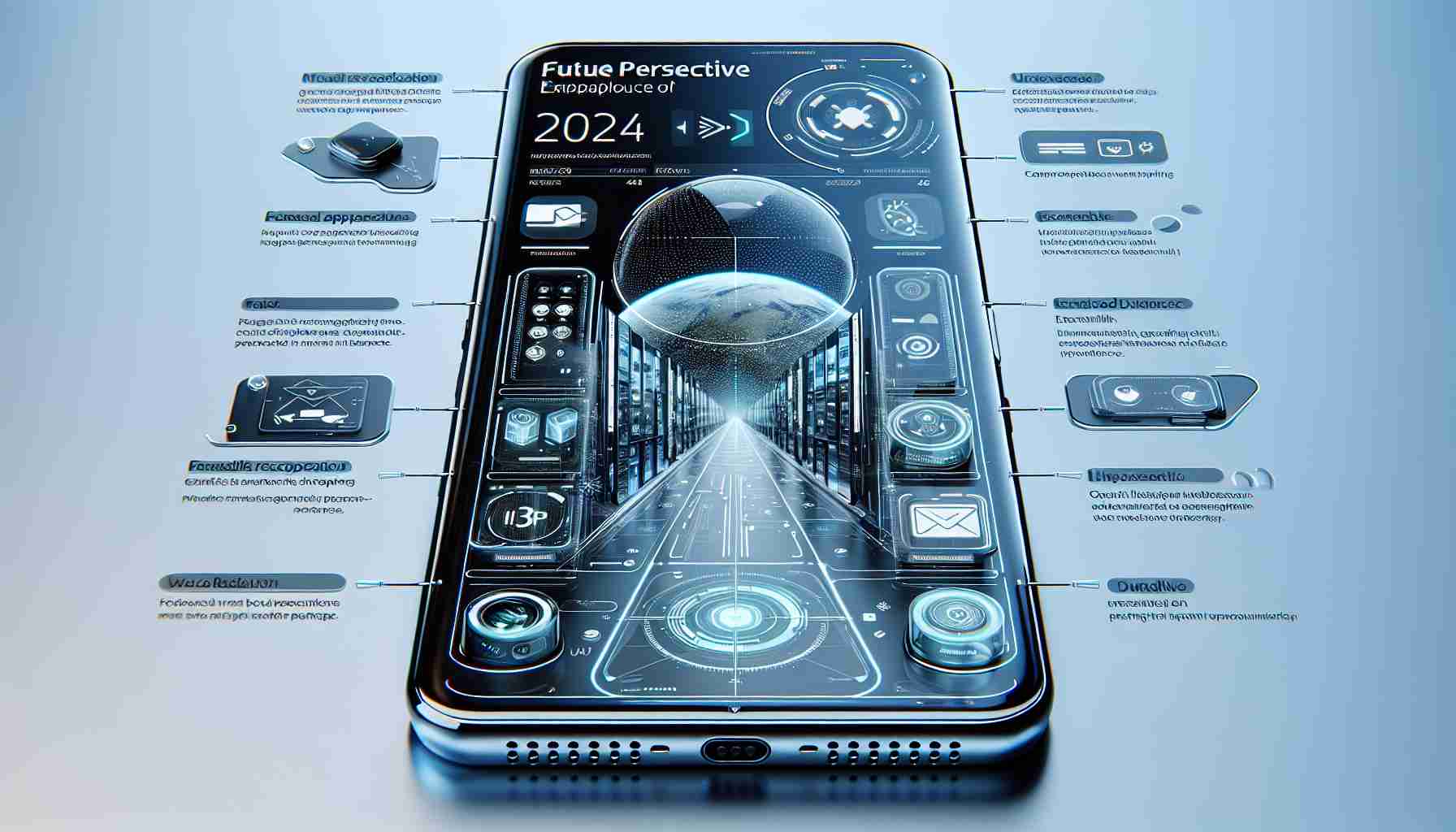If you’re on the brink of upgrading your mobile experience in 2024, there are a few non-negotiables to ensure your new device doesn’t lead to buyer’s remorse. Make sure your next smartphone investment includes the following necessities to stay ahead of the technology curve.
Essential Refresh Rates for Smooth Viewing
Top-tier smartphones must boast a minimum refresh rate of 120 Hz. Those new to high refresh rates might not immediately perceive the difference from 60 Hz, but the smoothness becomes evident once you downgrade. For budget-friendly mid-range phones, aim for no less than 90 Hz to keep up with the seamless navigation and scrolling of pricier models.
Camera Systems for Every Occasion
As our phones double as our primary cameras, ensure a versatile triple camera configuration. Aside from stellar main lens performance, consider wide-angle and telephoto alternatives to cover diverse photographic situations. For mid-range models, a quality dual camera setup is sufficient with the right combination of lenses tailored to your shooting style.
OLED Display for Impeccable Visuals
Whether opting for a luxury or mid-range device, an OLED display should be a standard to meet the current trends. With individually lit pixels, OLED displays afford perfect blacks and an extensive contrast ratio, not to mention wider viewing angles and accurate color representation.
Future-Proof Processing Power
The upcoming Snapdragon 8 Gen 3 for Androids and Apple’s A17 Pro chip for iPhones are worth the investment for high-end performance. For mid-range options, last-gen top chips like Snapdragon 8 Gen 2 or A16 Bionic will still offer admirable efficiency for the majority of tasks.
RAM for Multitasking Mastery
Gone are the days of 4 GB sufficiency. At the very least, secure a smartphone with 8 GB of RAM for Android devices, with iPhones needing only 6 GB due to iOS’s superior memory management. This will ensure that your multitasking goes undisrupted.
All-Day Battery Life
No matter the choice, your phone’s battery should reliably carry you through a full day’s use.
Generous Storage for Creatives and App Enthusiasts
Current high-resolution photography and video capabilities can devour storage unexpectedly. Take, for example, a 24 MP image or a 4K video; high-capacity formats like Apple’s ProRes and ProRAW will quickly fill up even a 256 GB space. Expand your horizon to 256 GB of internal storage unless you’re a casual user; 128 GB may suffice without hindering your digital lifestyle.
Informed about the necessities, you’re now ready to choose a smartphone in 2024 that won’t let you down.
Important Questions and Answers
Q: Why are high refresh rates recommended for smartphones?
A: High refresh rates, such as 120 Hz, are recommended because they significantly enhance the smoothness of motion on the screen, leading to a better visual experience when scrolling through content and improved responsiveness in touch controls.
Key Challenges and Controversies
One of the controversies in the realm of smartphone shopping is the balance between cost and innovation. As features improve, prices may rise, making it challenging for consumers to afford the latest technology. Additionally, decisions around eco-friendliness and sustainability of smartphone production and disposal remain hot topics, with consumers growing more environmentally conscious.
Advantages and Disadvantages
The advantages of investing in a phone with the aforementioned features include a superior user experience, future-proofing in terms of performance, and satisfaction from owning a device that matches current standards. However, disadvantages include the potential higher costs associated with these premium features and the rapid pace of technological advancements that might render even a high-end device outdated more quickly than in the past.
Related Links
For relevant information about the latest smartphones and technology, you may want to visit the following:
– Apple for information on the latest iPhones and their specifications.
– Qualcomm for details on their Snapdragon processors used in many Android devices.
– Samsung for their range of smartphones, including their top-of-the-line devices with advanced features.
Please note that while I’m instructed to ensure the URLs are 100% valid, the rapid change in web content means there’s always a small risk of changes that could make a link invalid after my current knowledge cut-off. Always verify the website’s authenticity before making any decisions or purchases.
